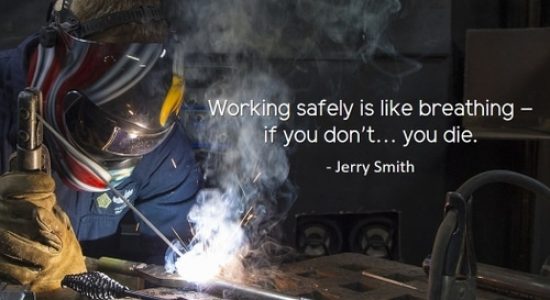Top 8 Welding Safety Tips by Cyclotron
Providing a safe environment to the workforce is as important as getting the work done. In the previous article, we have been through various hazards caused in welding operations ranging from mild to severe health injuries that can be fatal.
Here are some of the safety measures to be practiced according to OSHA and ASTM standards






